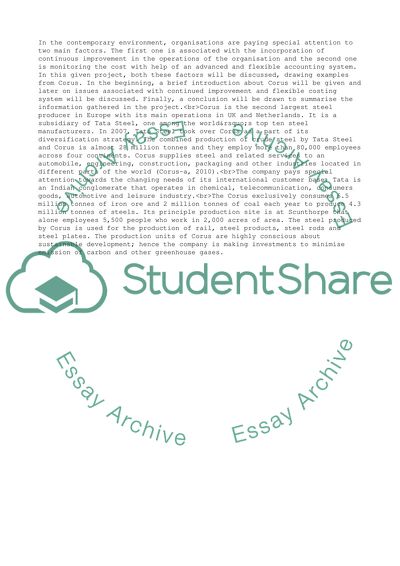Cite this document
(“Benefit of Continuous Improvement in Corus Coursework - 1”, n.d.)
Benefit of Continuous Improvement in Corus Coursework - 1. Retrieved from https://studentshare.org/management/1749177-management-accounting-assesssment
Benefit of Continuous Improvement in Corus Coursework - 1. Retrieved from https://studentshare.org/management/1749177-management-accounting-assesssment
(Benefit of Continuous Improvement in Corus Coursework - 1)
Benefit of Continuous Improvement in Corus Coursework - 1. https://studentshare.org/management/1749177-management-accounting-assesssment.
Benefit of Continuous Improvement in Corus Coursework - 1. https://studentshare.org/management/1749177-management-accounting-assesssment.
“Benefit of Continuous Improvement in Corus Coursework - 1”, n.d. https://studentshare.org/management/1749177-management-accounting-assesssment.


